In the quest for modernity, many charming details of yesteryear’s homes have been replaced with sleek, minimal designs. However, these old-school elements carry with them a sense of nostalgia and craftsmanship that can be hard to find in today’s architecture.
From intricate woodwork to quaint little nooks, each feature tells a story of the past, offering a glimpse into the lives and styles of previous generations. Let’s take a journey back in time to explore some of these unique home details that have been largely forgotten in the rush towards modern design.
Butler’s Pantry
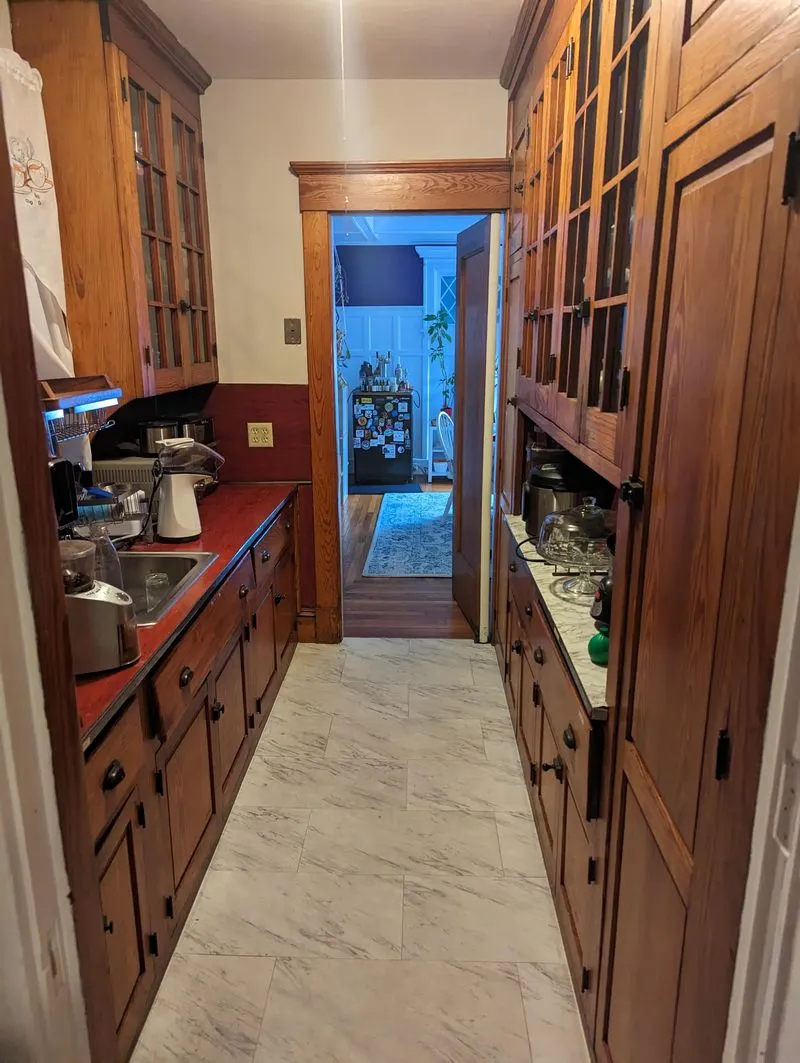
Tucked away between the kitchen and dining room, this small space served as a hub for food preparation and storage. In today’s open floor plans, such a pantry might seem unnecessary, but it was once a mark of sophistication.
A butler’s pantry allowed for seamless dining experiences, with its elegant shelves showcasing fine china and glassware. It was a space where homeowners could effortlessly entertain guests.
The return of the butler’s pantry in some modern homes underscores its timeless appeal, blending practicality with grace. Its charm lies in its ability to combine utility with a touch of elegance.
Transom Windows
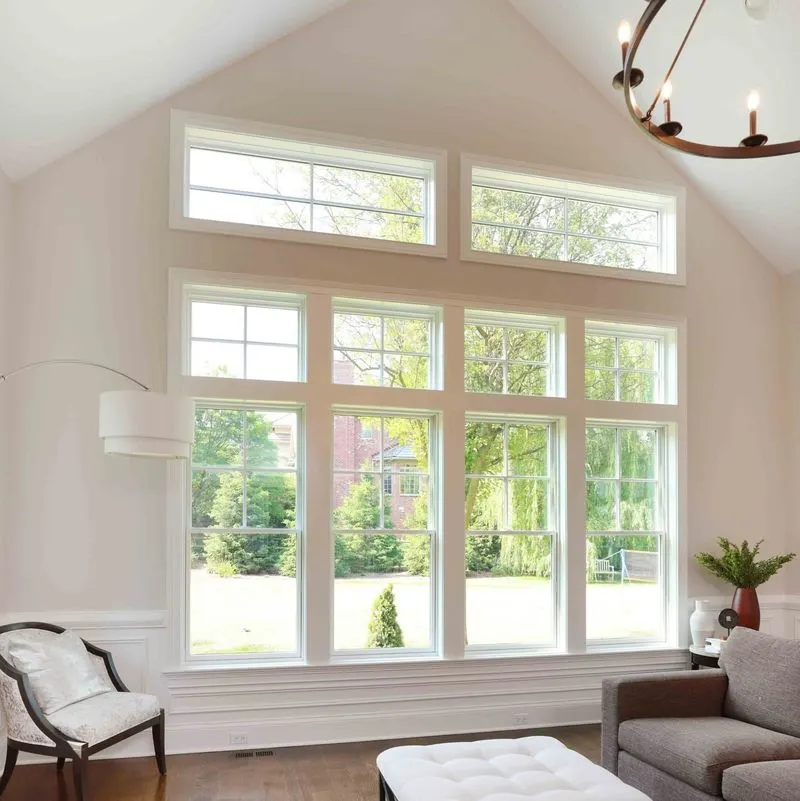
Perched above doorways, these architectural gems allowed for natural light flow and ventilation throughout the home. In the era before air conditioning, transom windows were an ingenious solution for keeping homes cool.
They added a decorative element with their stained or etched glass designs, often customized to the homeowner’s taste. The artistry involved in creating these windows was significant, turning a functional feature into a statement piece.
While modern homes might favor larger windows, the unique charm and practicality of transom windows still resonate with those appreciating vintage architecture. Their legacy is one of form meeting function beautifully.
Picture Rails
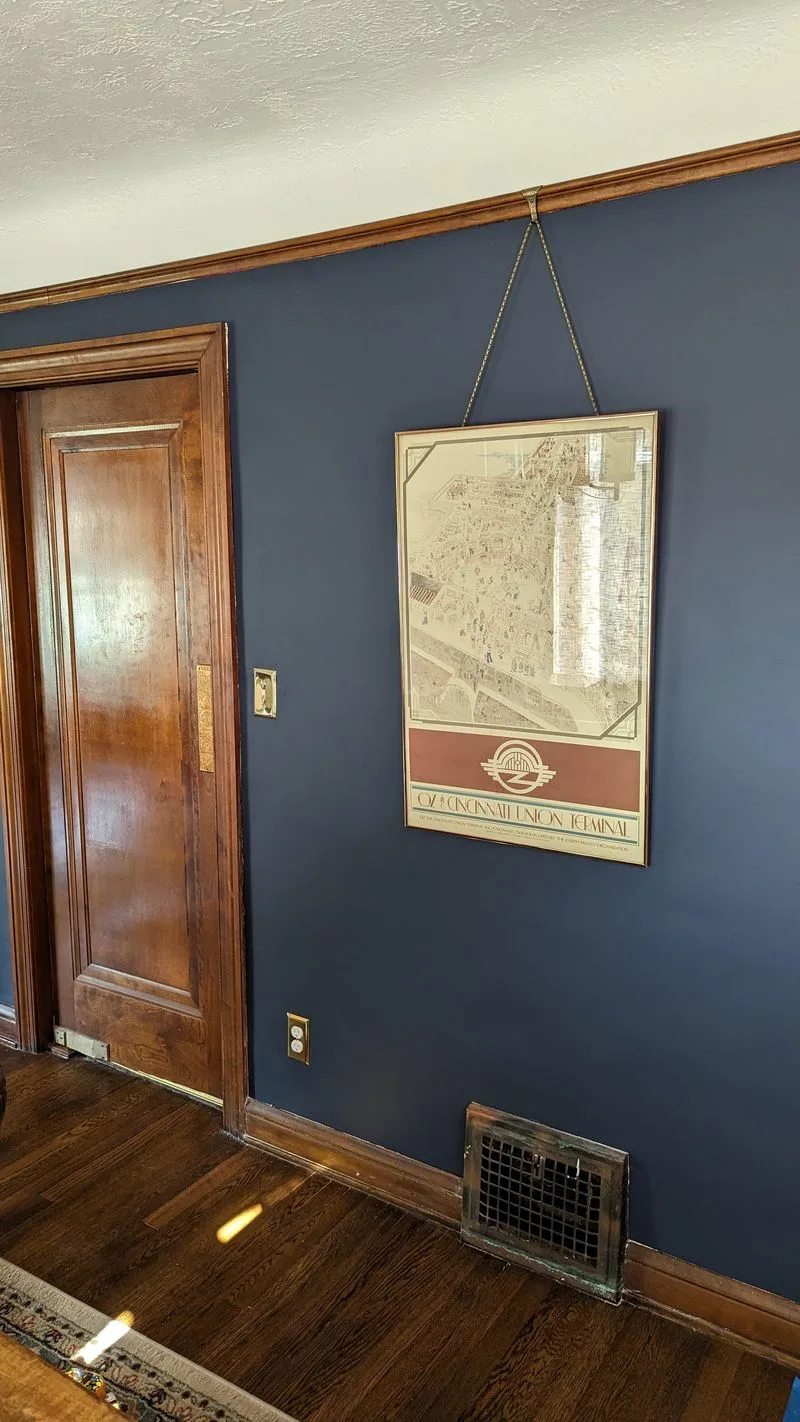
Running along the upper walls, picture rails allowed homeowners to hang art without damaging plaster. This clever feature offered flexibility in decorating, letting inhabitants change wall displays without a fuss.
Picture rails were not just practical; they also added a continuous line of visual interest to a room’s decor. In Victorian homes, these rails complemented ornate moldings and high ceilings, exuding elegance.
While modern hanging solutions abound, none quite match the convenience and charm of a well-placed picture rail. Their presence in a room speaks to an era of thoughtful design, where aesthetics met functionality seamlessly.
Dumbwaiters
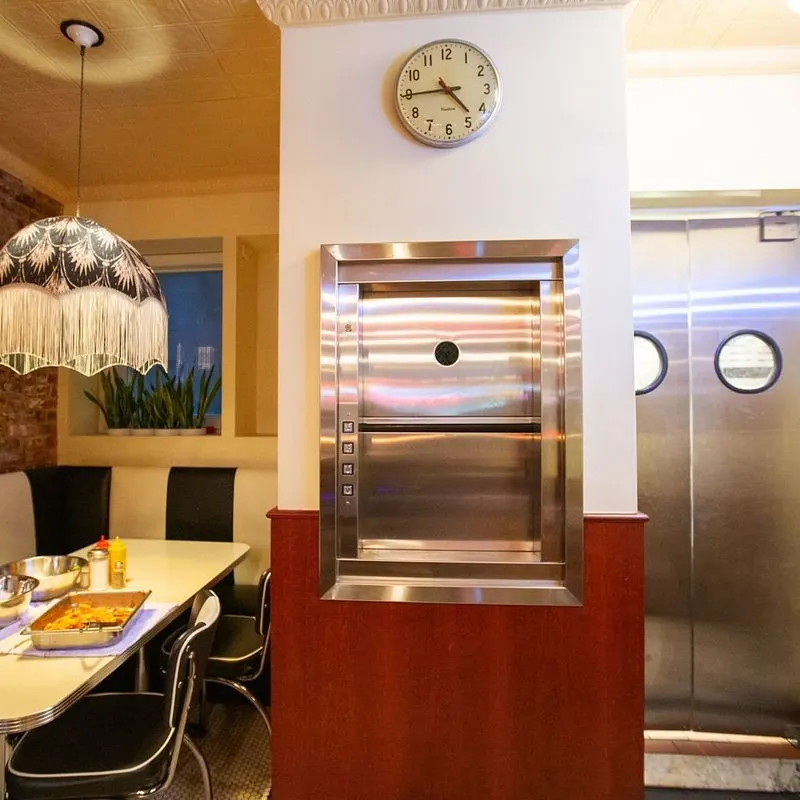
Serving as mini elevators, dumbwaiters transported meals, laundry, and other items between floors effortlessly. Before the convenience of modern appliances, these discreet lifts were a marvel of ingenuity.
Often found in larger homes, they spoke to the era’s attention to detail and efficiency. This feature not only saved time but also reduced the physical burden of carrying heavy trays up stairs.
Though largely obsolete now, the dumbwaiter remains a symbol of vintage practicality. For those restoring historical homes, integrating a working dumbwaiter adds a charming nod to past luxuries, celebrating an age when convenience was thoughtfully engineered.
Clawfoot Tubs
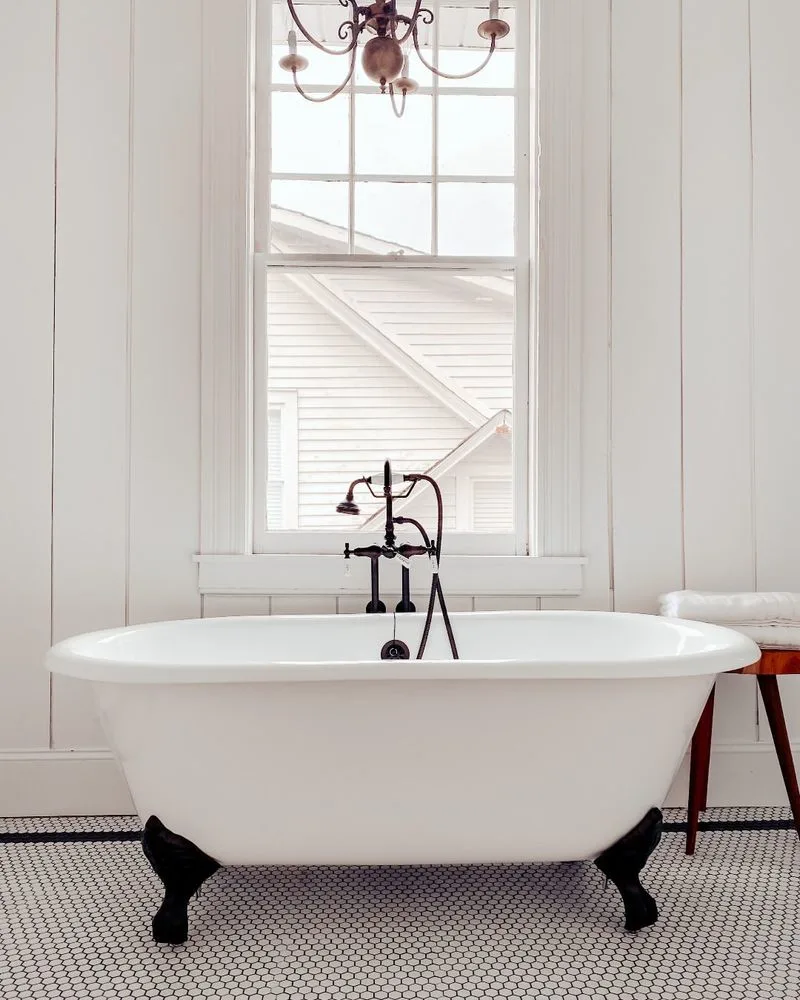
With their distinctive feet, these tubs were icons of luxury and relaxation. Unlike today’s built-in models, clawfoot tubs could stand proudly in a room, serving as the centerpiece of a well-appointed bathroom.
Their design allowed for deeper soaking, offering unparalleled comfort. Clawfoot tubs invite a leisurely bath, reminiscent of an era when self-care was a ritual.
While modern bathrooms might favor sleek lines, the allure of a clawfoot tub endures. Restoring one can bring an authentic touch of opulence and nostalgia to any home, offering a sanctuary where vintage charm meets timeless indulgence with every soak.
Phone Niches
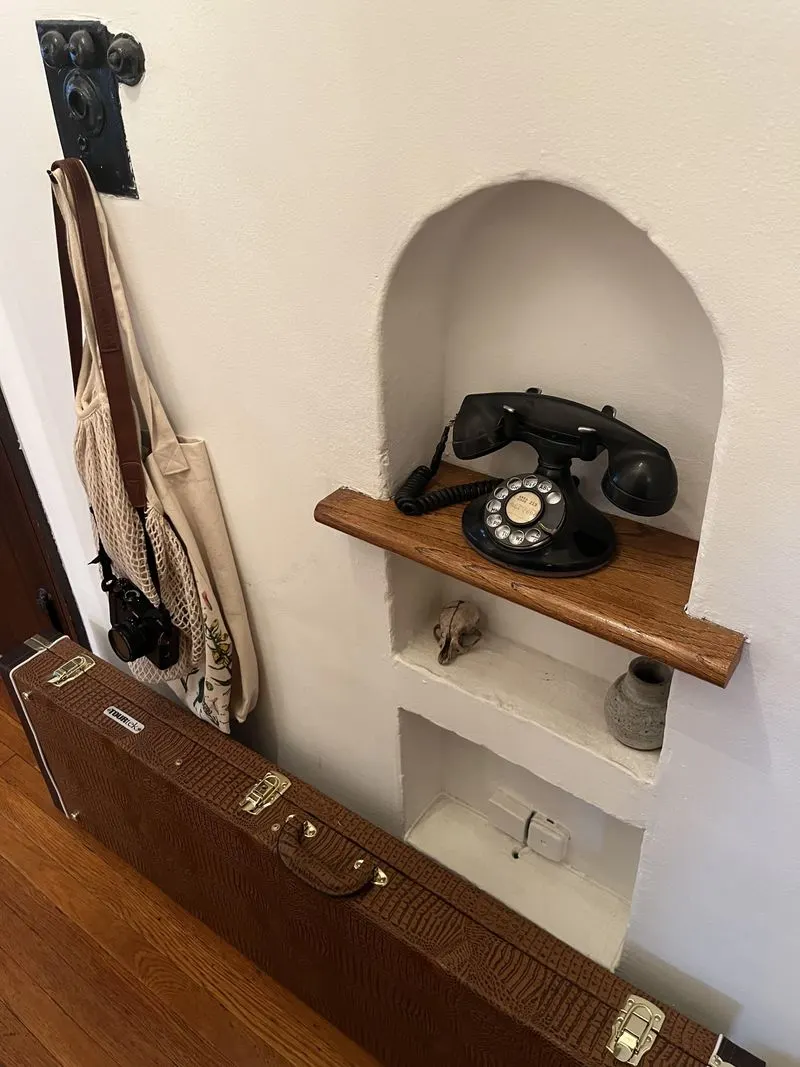
Carved into hallway walls, phone niches were dedicated spaces for the household’s telephone. This feature reflected the importance of communication at a time when a phone was a major family asset.
Often accompanied by a small shelf, it provided space for jotting down messages or placing a notepad. As technology evolved, these niches became less common, yet they embody a vintage charm.
Restoring a phone nook with a classic rotary dial pays homage to a bygone era. It serves as a delightful reminder of when conversations were tethered to a single spot, fostering intimate, uninterrupted exchanges.
Milk Doors
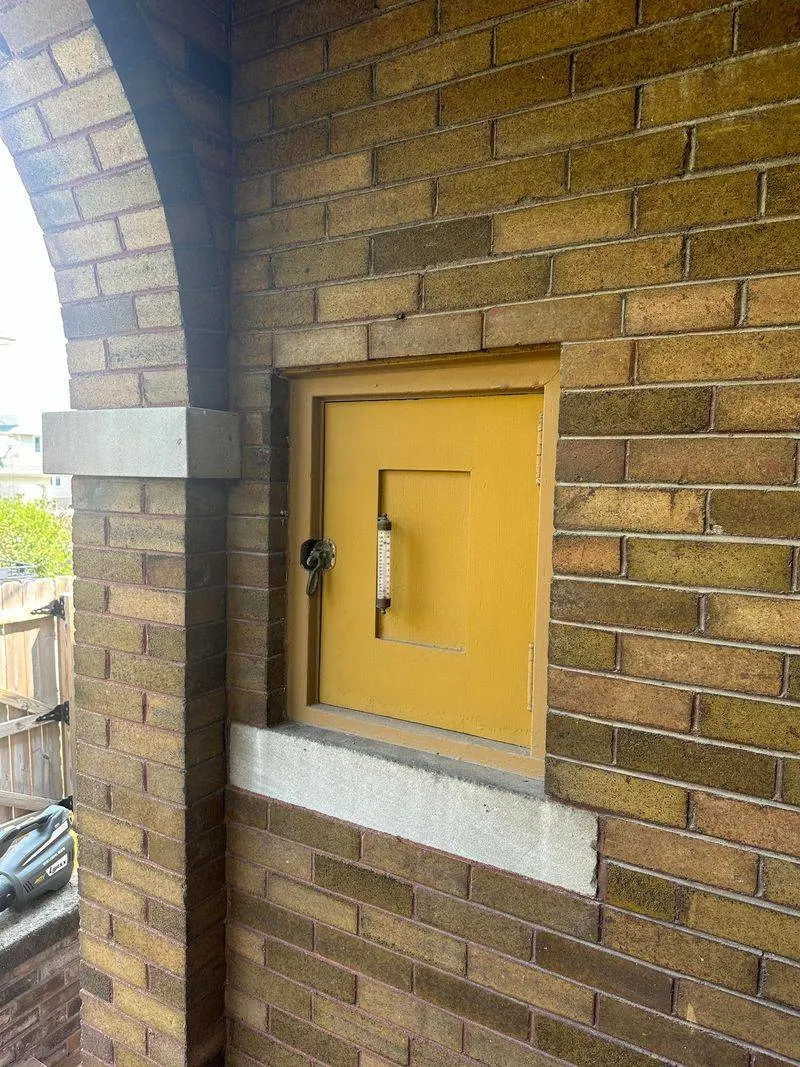
Milk doors were small portals built into houses for easy milk delivery without disturbing the household. Essential in an age when doorstep deliveries were common, these doors offered a blend of convenience and privacy.
They allowed milkmen to place bottles directly into a home’s refrigerated box or pantry. While the tradition of milk delivery has faded, the charm of a milk door remains.
Preserved in older homes, these features evoke nostalgia for simpler times. Incorporating a milk door as a decorative element can add historical character to a modern home, celebrating a unique aspect of domestic history.
Inglenooks
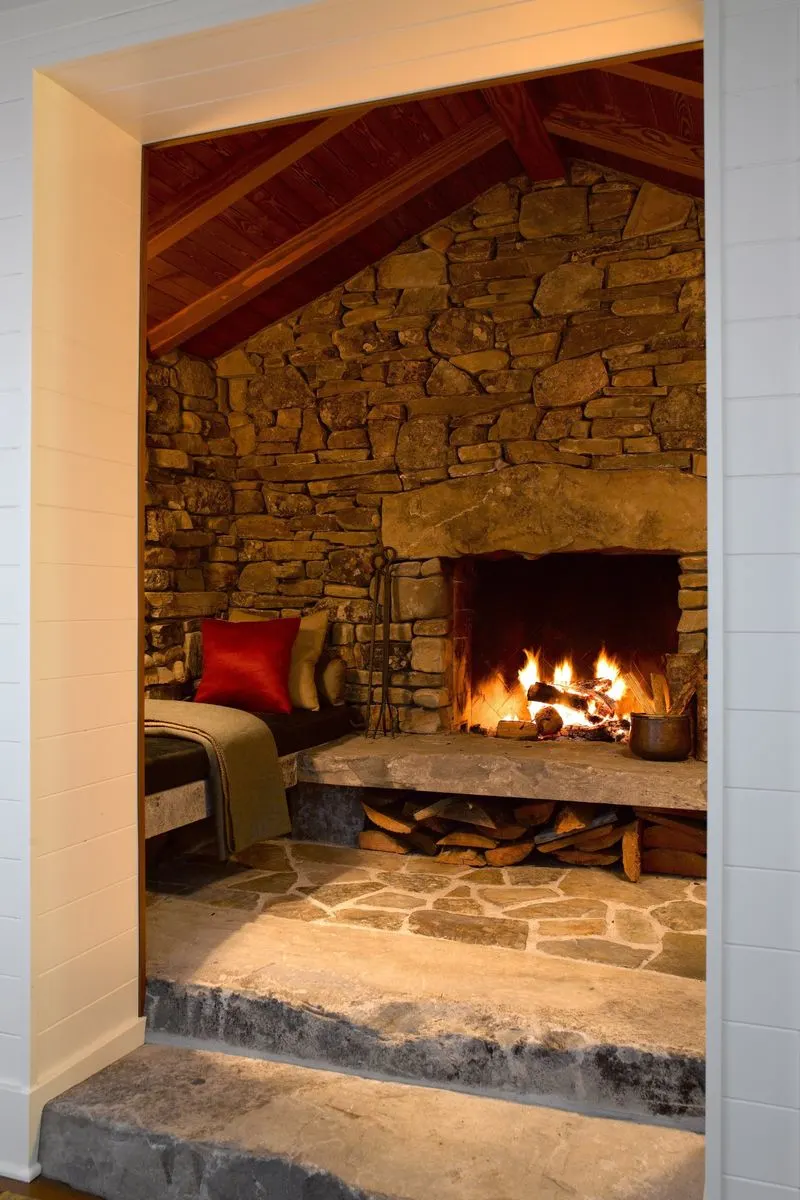
Nestled around a fireplace, these cozy alcoves provided warmth and comfort, making them ideal spots for reading or conversation. Inglenooks were a staple in homes before central heating, offering a snug escape from the cold.
Their design often included built-in seating and complemented the hearth, the heart of the home. The charm of an inglenook lies in its invitation to gather and connect.
Though less common now, incorporating one into a modern design can recreate a sense of intimacy and tradition. It symbolizes the art of crafting spaces that foster personal interactions, a timeless household value.
Laundry Chutes
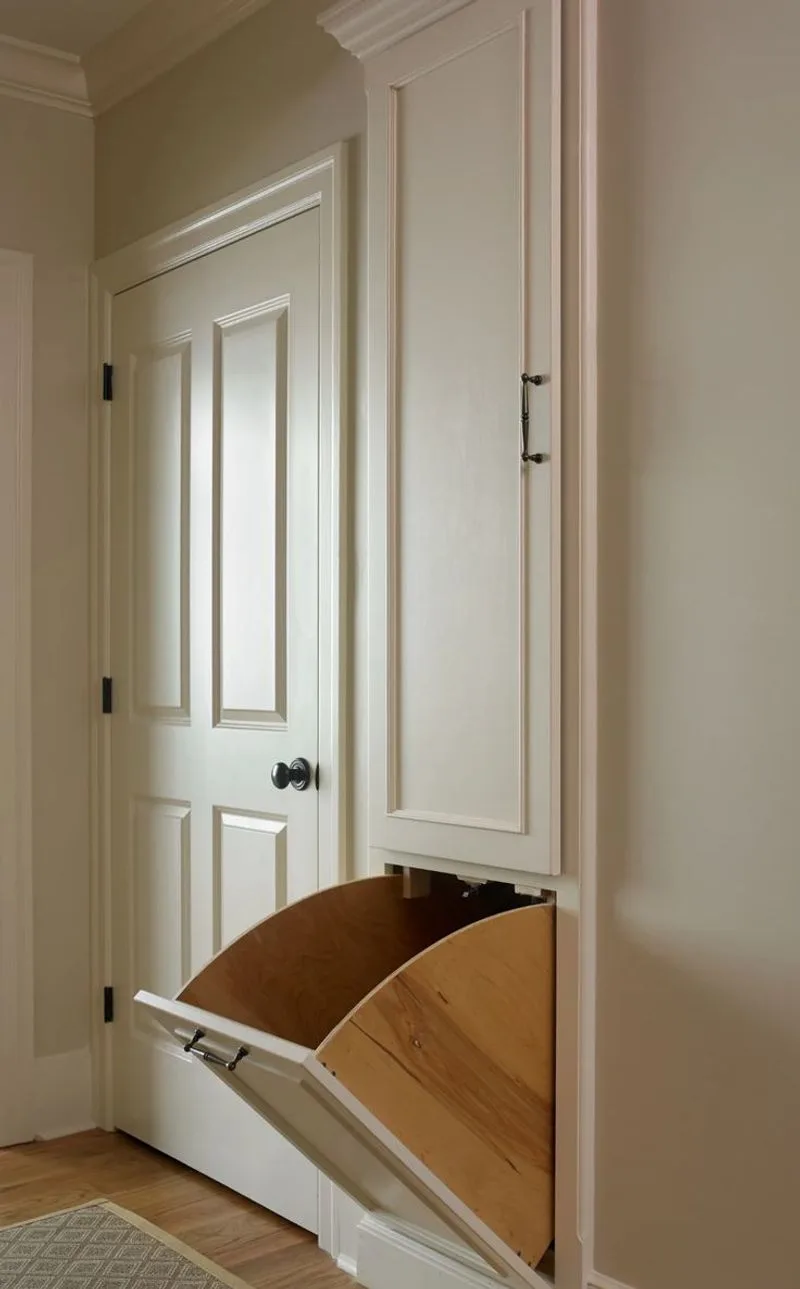
An ingenious solution to managing household chores, laundry chutes enabled easy transport of clothes to the basement. In older homes, this feature streamlined the process of laundry day, reducing the hassle of carrying loads downstairs.
The practicality of a laundry chute is undeniable, offering convenience that modern designs often overlook. It speaks to a time when homes were designed with family-oriented efficiency in mind.
Bringing back a laundry chute can add a whimsical, yet functional, element to a home. It’s a nod to the thoughtful design of yesteryear, blending nostalgia with everyday practicality effortlessly.
Screened Sleeping Porches
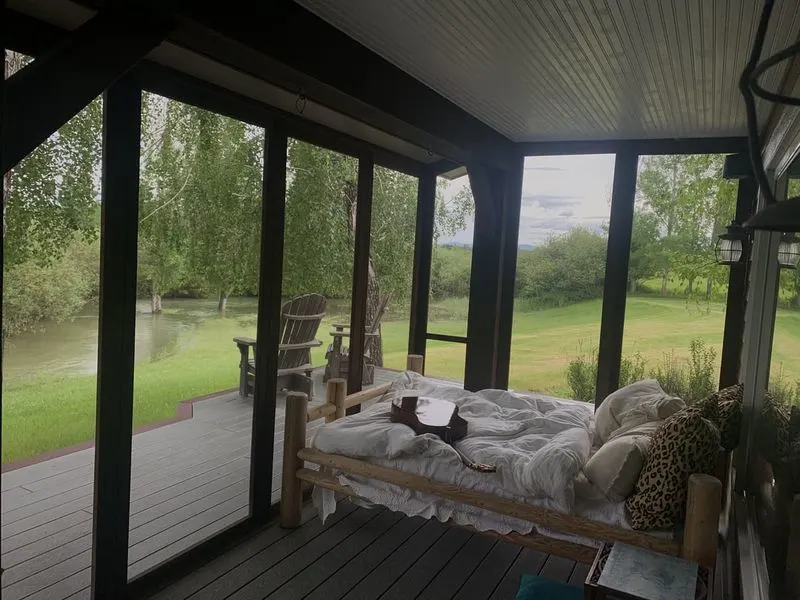
Before air conditioning, families would retreat to these porches on warm nights to enjoy cooler breezes. Screened sleeping porches were practical spaces that also offered a touch of adventure, sleeping under the stars yet being shielded from insects.
The experience was both refreshing and enchanting, creating family memories that lasted a lifetime. Today, such porches evoke a sense of nostalgia and simplicity.
Reviving a sleeping porch in a modern setting can add a unique outdoor living space, blending old-world charm with contemporary comfort. It’s a reminder of the joy found in nature’s embrace during balmy evenings.
